We analyzed 986 images shortlisted for the Astronomy Photographer of the Year competition to provide a ZWO camera comparison and find out the best ZWO models for deep sky and planetary imaging.
See the table below for a quick guide or read on for more analysis.
|
Make & Model:
ZWO ASI174MM
|
Make & Model:
ZWO ASI678MC
|
Make & Model:
ZWO ASI2600MM Pro
|
Make & Model:
ZWO ASI6200MM Pro
|
|
Resolution:
2.3MP
|
Resolution:
8.9MP
|
Resolution:
26MP
|
Resolution:
62MP
|
|
Color/Mono:
Monochrome
|
Color/Mono:
Color
|
Color/Mono:
Monochrome
|
Color/Mono:
Monochrome
|
|
Cooled/Uncooled:
Uncooled
|
Cooled/Uncooled:
Uncooled
|
Cooled/Uncooled:
Cooled
|
Cooled/Uncooled:
Cooled
|
ZWO Camera Comparison Data
The Astronomy Photographer of the Year contest is the world’s leading astrophotography competition.
Each year hundreds of images are shortlisted along with details of how the picture was captured, including the camera used.
In the past seven years, there have been a total of 986 images shortlisted, and from these 474 used dedicated CCD or CMOS astronomy cameras.
From this data, we can see that ZWO is by far the most successful dedicated astronomy camera brand:
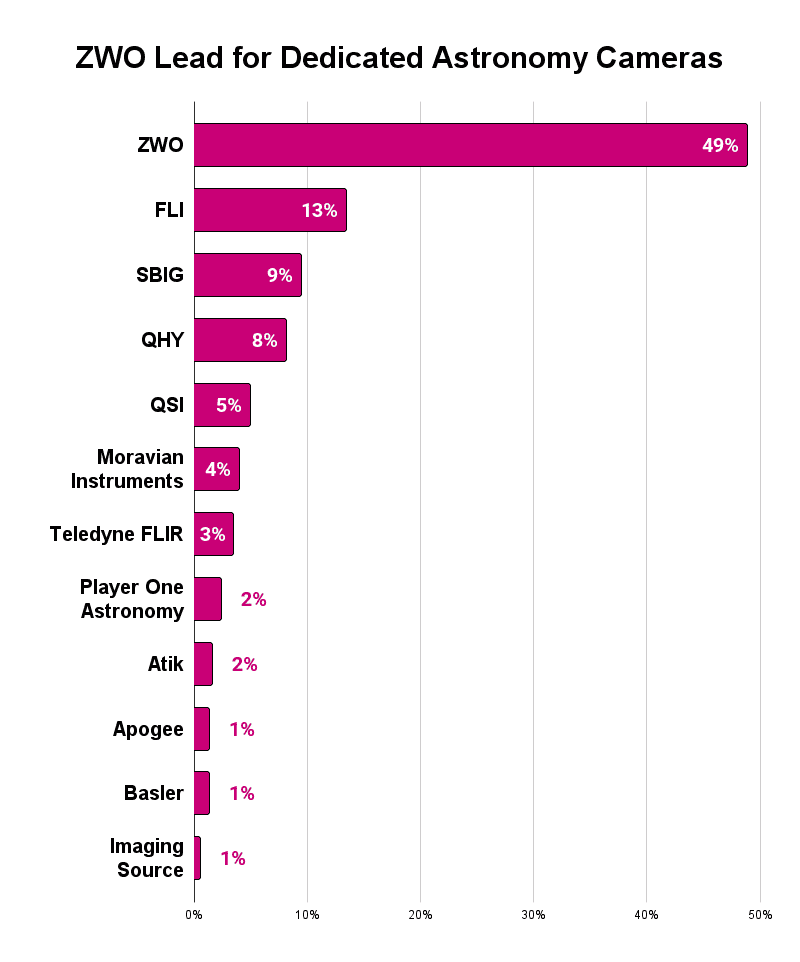
Now let’s look at the ZWO camera models used.
This chart shows all the ZWO cameras used in 186 shortlisted images for the competition in the six years of 2018 to 2023:
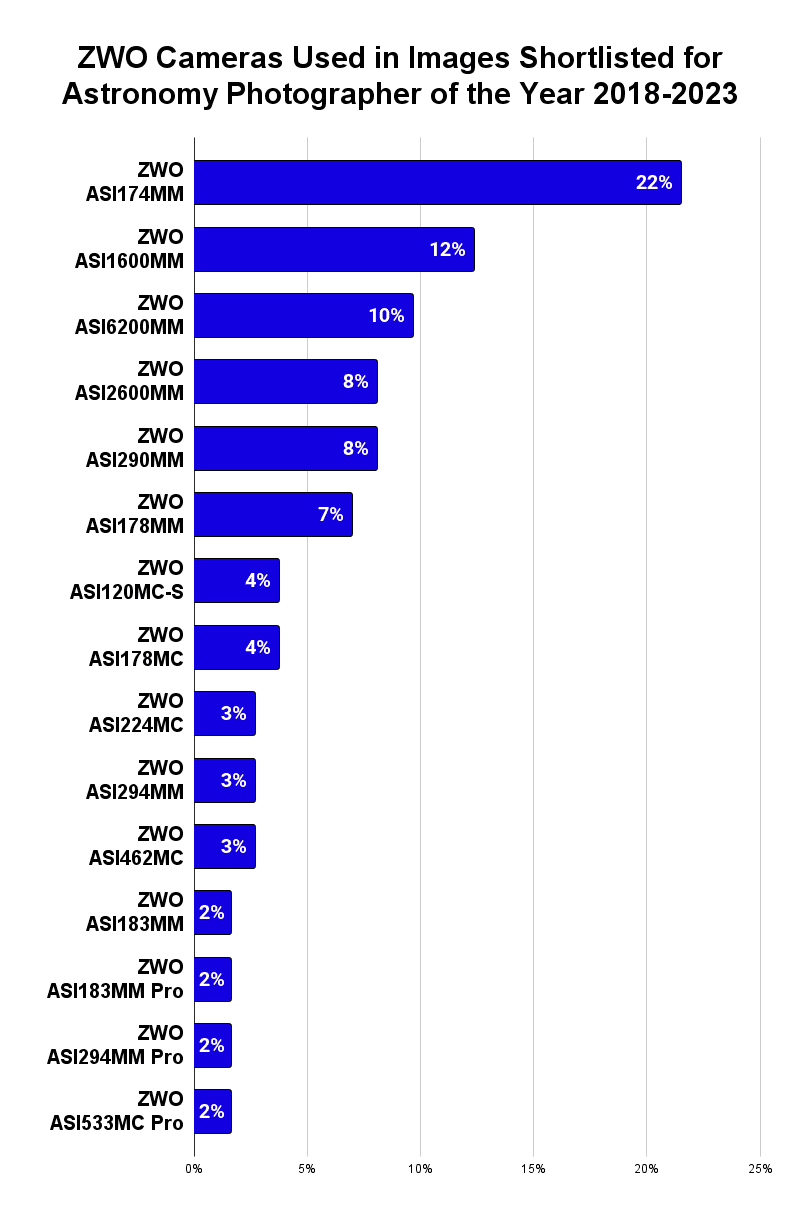
Since this features several older models, we also want to examine the more recent data and so here you can see the ZWO cameras most frequently (and successfully) used in over 2021 to 2023:
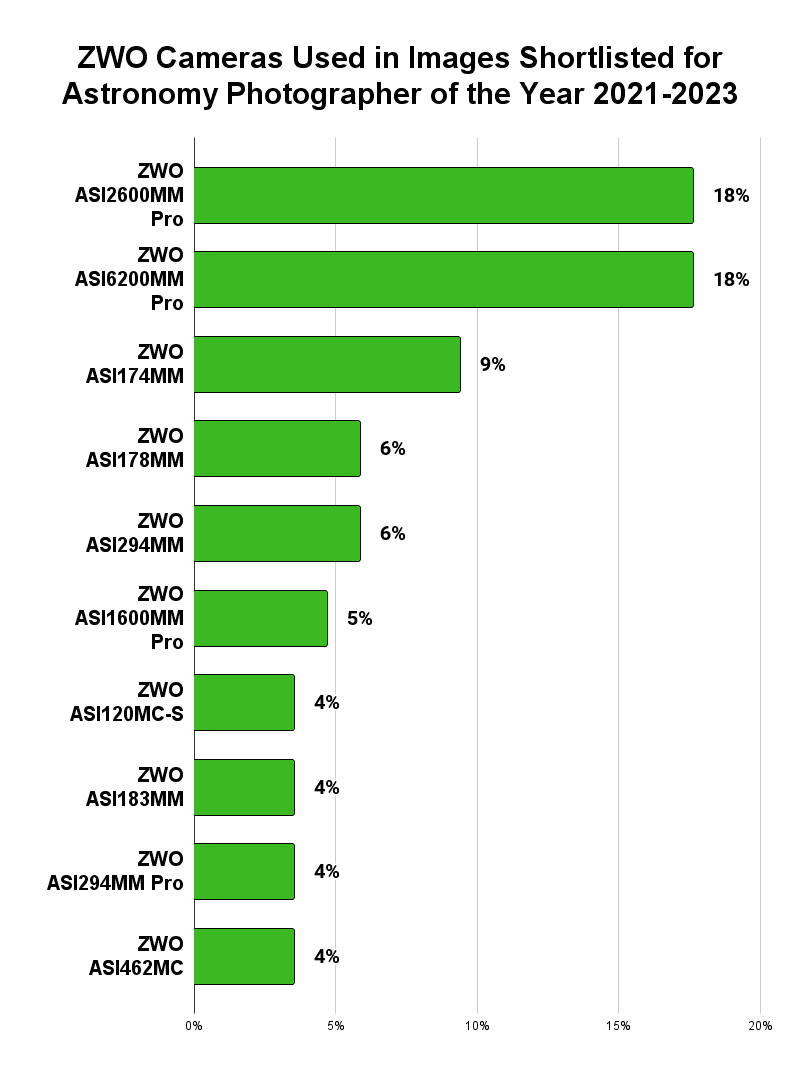
This data incorporates both planetry and deep-sky imaging but these require different camera traits:
- Planetary cameras need a fast frame rate for lucky imaging and a lower resolution for fast data transfer.
- Deep sky cameras need higher resolution for more image detail but have a slower frame rate since they will be used for longer exposures. They also need cooling to reduce noise.
Therefore we can split this data to see the best ZWO cameras for planetary imaging, and then for deep-sky imaging.
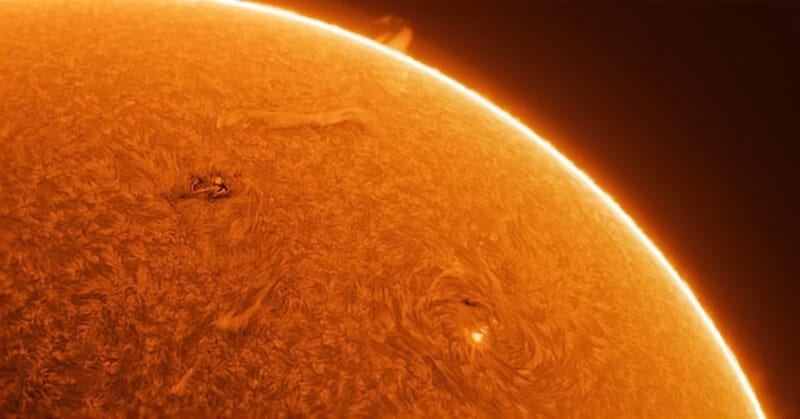
Best ZWO Planetary Cameras
So firstly, ZWO planetary imaging cameras:
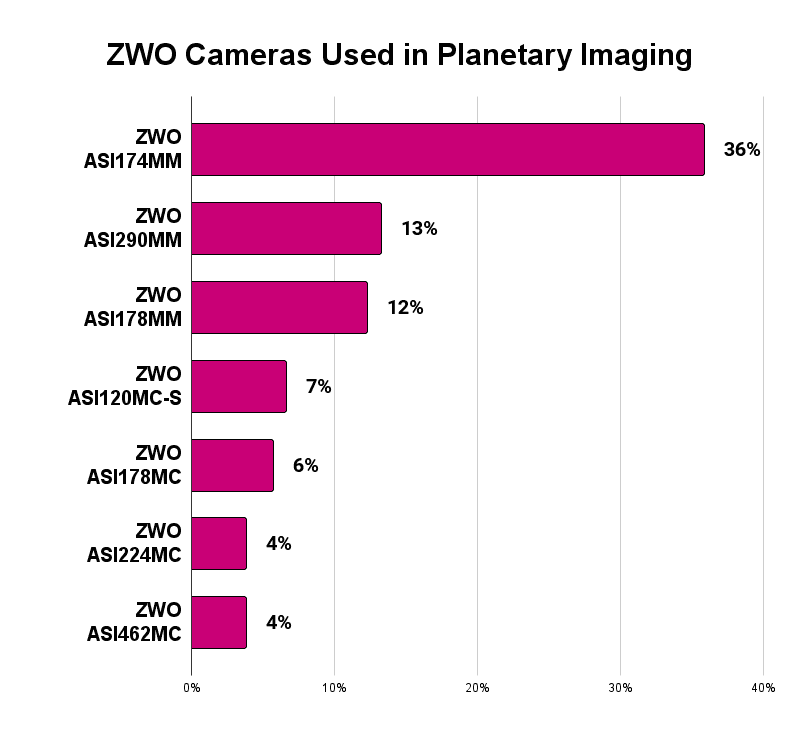
We can see that the ZWO ASI174MM is the top ZWO camera for planetary imaging.
It is an uncooled, monochrome CMOS camera with a 2.3MP resolution and a fast frame rate of 164 fps at full resolution and is particularly tailored for lunar and solar imaging.
2.3 MP CMOS Monochrome Astronomy Camera
- Capture high-resolution monochrome images of the Moon, Sun, planets, and some deep-sky objects
- Advanced CMOS sensor with 1936 x 1216 (2.35MP) resolution
- Fast USB 3.0 transfer at up to 164 frames per second at maximum resolution, with higher data transfer rates at lower resolution
What you need in a dedicated planetary camera is a fast frame rate, plus a modest resolution and USB 3.0 connection so that the data transfer to your laptop/computer can handle the volume of frames being taken.
The next most successful models are the ZWO ASI290MM and ZWO ASI178MM, but both of these are discontinued.
Color Planetary Cameras
Color cameras can also be great for planetary imaging as there is no need to use a monochrome camera with filters like you would with solar and deep sky imaging.
Models like the ZWO ASI678MC and ZWO ASI662MC are perfect for this.
ZWO Color Dedicated Astronomy Camera for Planetary Imaging
- Advanced IMX678 CMOS sensor with 3840x2160 (8.29 megapixel) resolution
- Fast USB3.0 transfer at up to 47.5 frames per second at maximum resolution
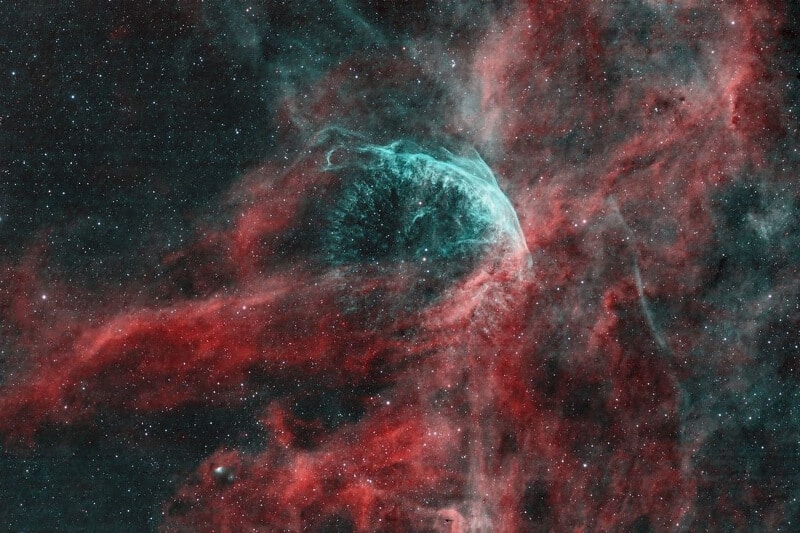
Best ZWO DSO Camera
Next, we can look at the ZWO cameras used for imaging deep-sky objects:
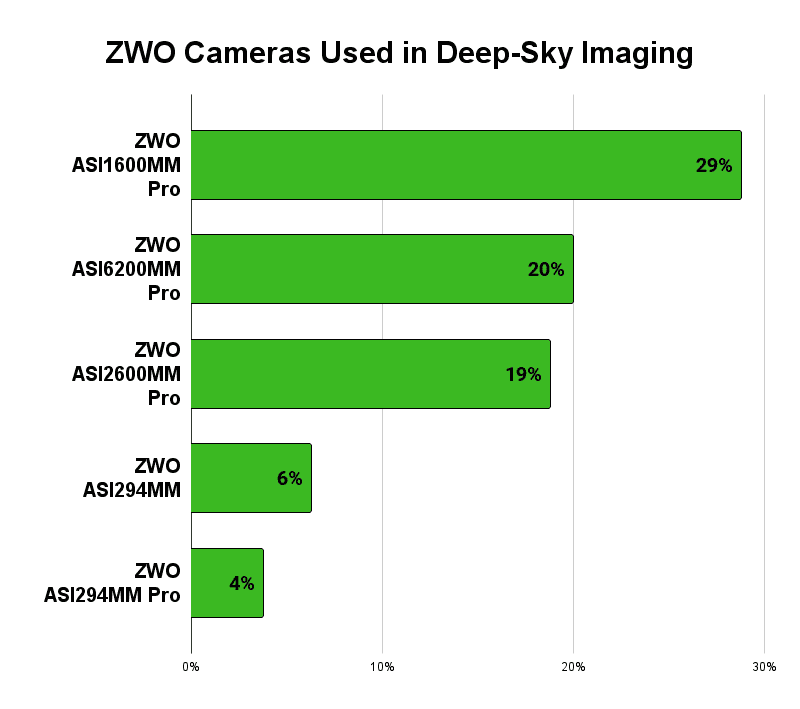
We see that the ZWO ASI1600MM Pro is the most successful ZWO deep-sky camera but this model was discontinued and replaced by the ZWO ASI2600MM Pro.
In the chart further up, we can also see that this camera was the most successfully used of any ZWO model in the past two years.
The ZWO ASI2600MM Pro is a cooled, monochrome CMOS camera with a 26MP resolution and a frame rate of 3.5 fps.
Its upgrades from the very popular ZWO ASI1600MM Pro include:
- A much higher resolution 26MP sensor with a pixel array of 6248×4176
- Back-illumination which reduces noise and amp glow in images
- A built-in dew heater
- Increased bit depth
- Increased full well depth (50ke)
- Increased quantum efficiency (91%)
This is therefore our recommendation for the best ZWO camera for DSO.
26 Megapixel Cooled Monochrome Astronomy Camera
- High 6248 x 4176 (26 MP) resolution
- Cooled for long exposures of deep sky objects
- Ultra-low 1.0e readout noise
Deep sky cameras need a higher resolution for more image detail, but a slower frame rate since they will use less numerous but longer exposures. The cooling reduces noise.
The next most successful ZWO deep-sky camera is the ZWO ASI6200MM Pro.
This is also a cooled, monochrome model but with an extremely high 64MP resolution. This is the premium option.
Full Frame CMOS Monochrome Cooled Astronomy Camera
- One of the best dedicated astronomy cameras on the market
- 62-megapixel high-resolution monochrome full frame sensor
- 91% quantum efficiency with 16-bit ADC
- Ultra-low 1.5e read noise and 51,400e full well capacity
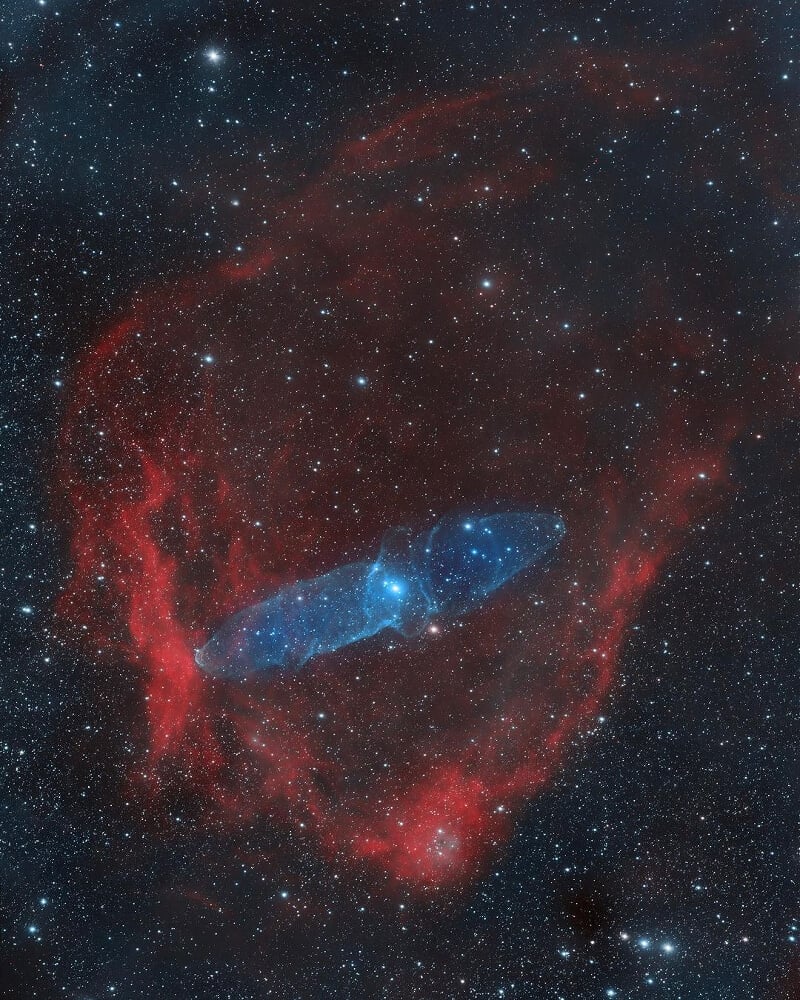
ZWO Cameras Comparison – All Models
How to Compare ZWO Cameras
The naming convention of ZWO cameras is as follows:
- ZWO is the company name
- ASI is the name of the model range
- The number indicates either the resolution (e.g. ASI1600MM Pro = 16MP resolution) or the sensor name (e.g. ASI174MM = Sony IMX174 sensor)
- MM means monochrome / MC means color
- Pro indicates that it is cooled
- GT indicates a built-in filter wheel (and is cooled)
- Mini indicates that it is primarily a guide camera
Therefore:
- ASI174MM = uncooled CMOS monochrome camera with a Sony IMX174 sensor.
- ASI2600MM Pro = cooled CMOS monochrome camera with 26MP resolution
- ASI183MM GT = cooled CMOS monochrome camera with a built-in filter wheel
ZWO ASI Cameras Comparison Chart
There are currently 28 different ZWO camera models available.
You can compare key specifications in this chart:
| Model | Year | MP | FPS | Pixel Size | QE | Read Noise | Full Well |
|---|---|---|---|---|---|---|---|
| ASI071MC Pro | 2016 | 16 | 10 | 4.78µm | 50% | 2.3 – 3.3e | 46000e |
| ASI294MC Pro | 2017 | 11.3 | 19 | 4.63µm | TBD | 1.2 – 7.3e | 63700e |
| ASI183MC Pro | 2017 | 20.2 | 19 | 2.4µm | 84% | 1.6 – 7.0e | 15000e |
| ASI183MM Pro | 2017 | 20.2 | 19 | 2.4µm | 84% | 1.6 – 7.0e | 15000e |
| ASI183MC | 2017 | 20.2 | 19 | 2.4µm | 84% | 1.6 – 7.0e | 15000e |
| ASI183MM | 2017 | 20.2 | 19 | 2.4µm | 84% | 1.6 – 7.0e | 15000e |
| ASI174MM | 2015 | 2.4 | 164.5 | 5.86µm | 77% | 3.5 – 6.0e | 32ke |
| ASI174MM Mini | 2017 | 2.3 | 18.4 | 5.86µm | 77% | 3.5 – 6.0e | 32000e |
| ASI120MM-MINI | 2017 | 1.2 | 35 | 3.75µm | 75% | 4.0 – 6.6e | 13000e |
| ASI533MC Pro | 2019 | 9 | 20 | 3.76µm | 80% | 1.0e – 3.8e | 50000e |
| ASI533MM Pro | |||||||
| ASI6200MC Pro | 2019 | 61.2 | 2 | 3.76µm | 80% | 1.2e – 3.5e | 51400e |
| ASI6200MM Pro | 2019 | 61.2 | 2 | 3.76µm | 91% | 1.2e – 3.5e | 51400e |
| ASI2600MC Pro | 2019 | 26 | 3.5 | 3.76µm | 91% | 1.0e – 3.3e | 50,000e |
| ASI2400MC Pro | 2020 | 24 | 8 | 5.94µm | 80% | 1.1e – 6.4e | 100,000e |
| ASI2600MM Pro | 2020 | 26.1 | 3.51 | 3.76µm | 91% | 1.0e – 3.3e | 50,000e |
| ASI294MM Pro | 2020 | 47 | 16.3 | 2.3µm | 90% | 1.26e-8e | 14,000e |
| ASI482MC | 2021 | 2 | 82.5 | 5.8µm | 85% | 1.5e-12.9e | 51,500e |
| ASI432MM | 2022 | 1.8 | 120 | 9μm | 79% | 2.4-20.8 | 97000e |
| ASI585MC | 2022 | 8.3 | 46.9 | 2.9µm | 91% | 0.8-12e | 47000e |
| ASI662MC | 2022 | 2.1 | 107.6 | 2.9µm | 91% | 0.8-6.9e | 38200e |
| ASI678MC | 2022 | 8.3 | 47.5 | 2µm | 83% | 0.6-2.7e | 11270e |
| ASI461MM Pro | 2023 | 100 | 3.77 | 3.76µm | 91% | 1.0e | 50300e |
| ASI715MC | |||||||
| ASI2600MM DUO | 2024 | ||||||
| ASI2600MC DUO | 2024 | ||||||
| ASI664MC | 2024 | ||||||
| ASI585MC Pro | 2024 | ||||||
| ASI2600MC Air | 2024 | ||||||
| ASI676MC | 2024 |
Glossary:
- MP: Megapixels (resolution)
- FPS: Frame-Rate Per Second (capture speed)
- QE: Quantum Efficiency
There are also a number of discontinued ZWO cameras not included in this chart:
- ASI120MC-S (2014)
- ASI120MM-S (2014)
- ASI290MM (2015)
- ASI290MC (2015)
- ASI178MC (2015)
- ASI178MM (2015)
- ASI224MC (2015)
- ASI385MC (2017)
- ASI290MM Mini (2017)
- ASI1600MM (2016)
- ASI1600MM Pro (2016)
- ASI1600GT (2019)
- ASI183GT (2019)
- ASI482MC (2021)
- ASI462MC (2020)
- ASI485MC (2021)
FAQs about ZWO Cameras
Color vs Monochrome ZWO Cameras
There are a few things to know if considering whether to get a color or mono ZWO camera:
- Color cameras give you a full-color image in a single exposure. However, the in-built filtering limits the capacity of the camera’s sensor, resulting in less data captured.
- Monochrome cameras use the full capacity of the sensor to capture light but they need additional filters to create color images. This is more work and costs more to buy the additional components, including a filter wheel.
Using a monochrome camera is more difficult and expensive, but has a much higher potential in terms of image quality.
Color cameras are much quicker and simpler, but the images produced will be more limited. This can be perfect for beginners who want to do their first imaging with a dedicated astronomy camera or for planetary imaging.
What telescopes are used with ZWO cameras?
Our results show that planetary imaging with ZWO cameras is most commonly done with telescopes from Celestron and Sky-Watcher.
The most successful models are Celestron Schmidt-Cassegrain OTAs – see the full data in the Best Telescopes For Planetary Imaging.
For deep sky imaging with ZWO cameras, we see the most successful telescope brands to be Takahashi, Celestron, and Sky-Watcher.
To see the most successful models, go to the Best Telescopes for Astrophotography.
What is the best ZWO camera for EAA?
The best ZWO cameras for EAA (Electronically Assisted Astronomy) would be the ZWO ASI678MC and ZWO ASI662MC, because they are:
- Color
- Fast frame rate
- Relatively cheap
If you want to read more about this, see our guide to Electronically Assisted Astronomy.
What is the best ZWO camera for beginners?
The best ZWO camera for beginners would be the ZWO ASI678MC or ZWO ASI662MC.
They are relatively inexpensive but proven to deliver.
Starting out with a color camera is easier than a monochrome model.
What is the best solar camera for ZWO?
The best ZWO solar camera is the ZWO ASI174MM (according to our data).
Conclusion: Best ZWO Cameras
Overall, based on our findings we recommend for ZWO planetary cameras:
- ZWO ASI174MM – the best ZWO for planetary imaging
- ZWO ASI678MC – the best color planetary camera
- ZWO ASI2600MM Pro – the best ZWO DSO camera
- ZWO ASI6200MM Pro – the best premium ZWO DSO camera
If you want to consider more than just ZWO cameras, then check out our other articles:



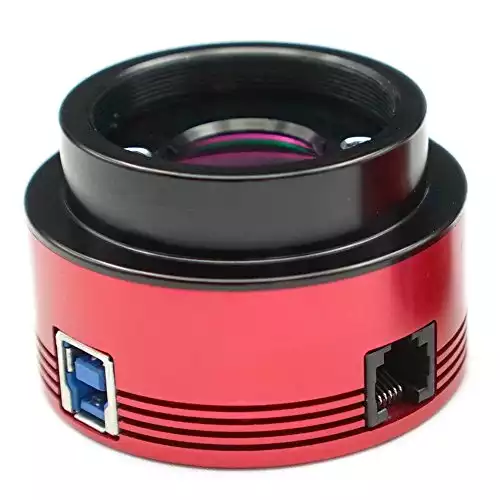
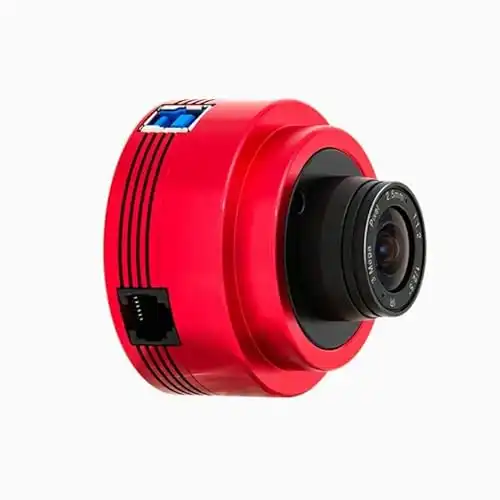
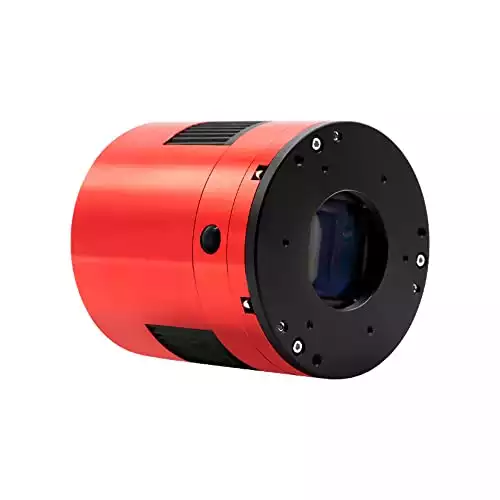
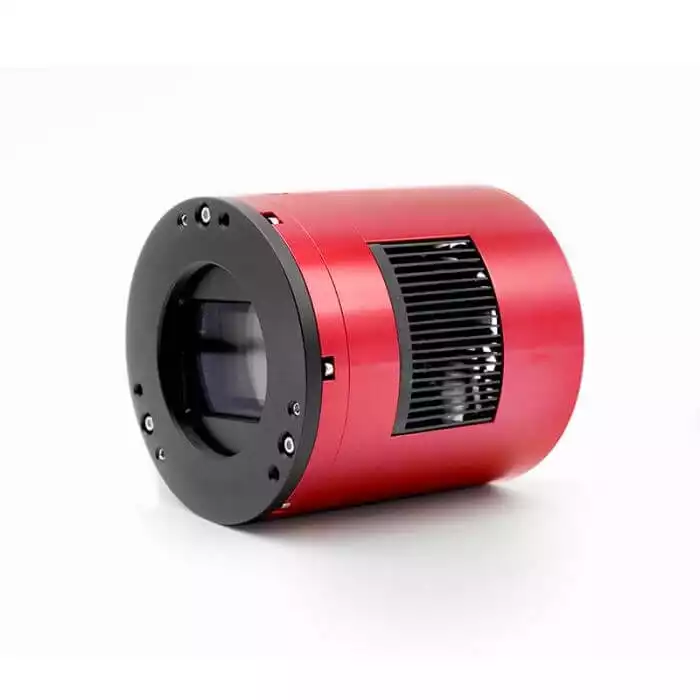



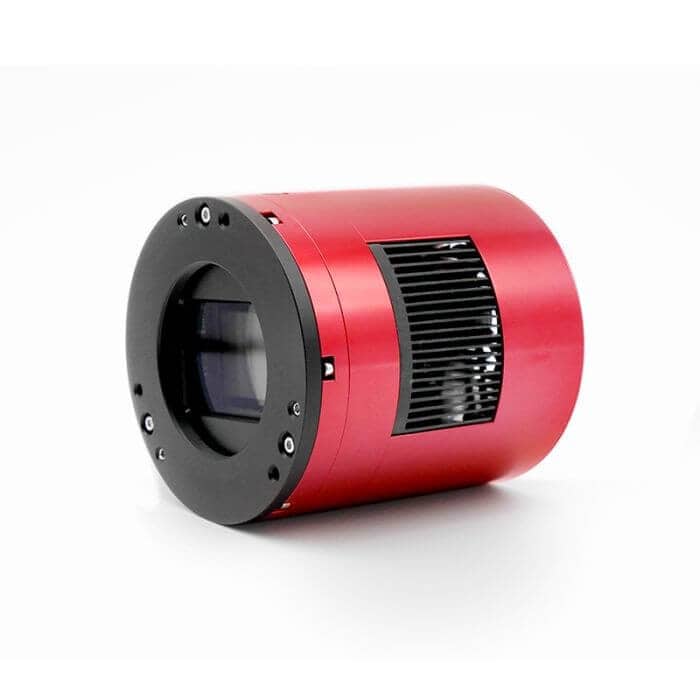

An amazing guide and just about covers everything you could ever want to know about ZWO cameras. Brilliant.
Thanks Barry!
This guide has been very helpful. When are we expecting an update?
Thanks Kelechi. Do you mean an update from us or from newly announced ZWO cameras? The article is currently up-to-date in terms of the information we have – or is there something that we’ve missed? Cheers